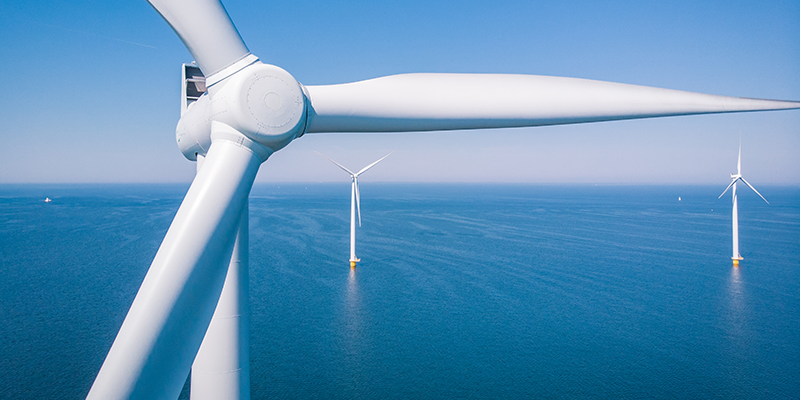Offshore wind has quickly become a game-changer in Asia’s clean energy race. Coastal nations are aggressively exploring marine-based power generation. Countries such as China, Japan, South Korea, and Vietnam have initiated major infrastructure projects. The goal is to reduce reliance on fossil fuels while stimulating local industries. As population and demand grow, energy solutions that balance supply and sustainability become crucial. Asia’s vast shorelines provide a strategic advantage, making these ventures highly attractive. Additionally, technology advancements allow for better energy capture and reduced environmental risks. This emerging sector also boosts employment, especially in engineering, logistics, and marine construction. With global investment flowing in, offshore power is set to define Asia’s energy future. Still, this path requires long-term strategy and policy coordination.
Offshore Wind Spurs Race for Energy Independence
Across East and Southeast Asia, governments are treating marine energy infrastructure as a top priority. They have committed significant funding and policy reform to facilitate private investment and international partnerships. For instance, Taiwan’s clear regulations and open bidding process have made it a regional leader. Meanwhile, Japan is testing floating turbines to overcome its deep coastal waters. In Vietnam, economic incentives for local manufacturers are expected to boost domestic participation. These varied strategies reveal that countries are not following a single model but adapting based on their geography and technical capabilities. Moreover, since offshore energy avoids land-use conflict, it is gaining approval faster than onshore projects. Notably, local communities near port areas are also beginning to see economic benefits, from employment to infrastructure upgrades.
Infrastructure Hurdles and Policy Responses
Despite optimism, the sector faces several operational and political hurdles. Supply chain delays and cost fluctuations present real risks. Some regions also lack the high-voltage grid needed to transmit power from remote turbines. In response, governments are redesigning grid architecture, investing in storage systems, and introducing faster permitting. Experts argue that without grid readiness, energy gains will remain trapped at sea. There is also a growing need for maritime spatial planning to avoid conflicts with fishing zones or shipping lanes. Yet, ongoing collaboration between ministries, private developers, and environmental groups is encouraging. With regulatory clarity and better coordination, the momentum behind offshore development appears sustainable.
Asia Positions Itself as a Global Contender
Looking ahead, Asia could emerge as a dominant player in the global wind sector. The continent’s engineering capacity, combined with its energy demand, offers a strong foundation for rapid growth. More importantly, local innovation continues to enhance turbine design, installation techniques, and grid integration. Unlike early adopters in Europe, Asian nations are scaling up while adapting solutions to their specific needs. Regional conferences and trade summits now feature marine energy as a key agenda item. Industry leaders forecast that offshore generation will not only meet domestic demand but allow for export via subsea interconnectors. If momentum continues, Asia’s marine energy push may shift global energy dynamics within the next decade.
